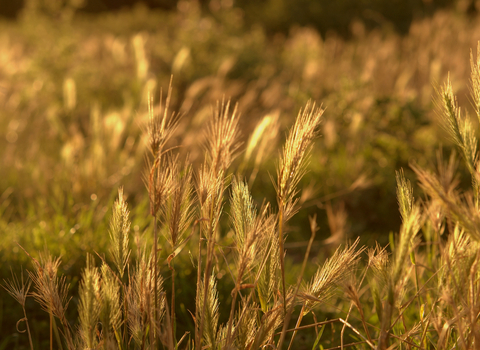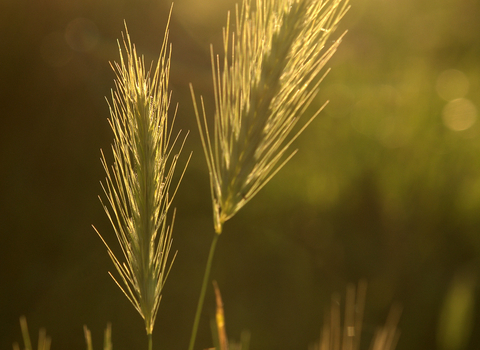
Brian Eversham

Brian Eversham
Wall barley
The distinctive spiky, or 'bearded', green flower heads of wall barley appear from June to July and are easy to spot in an urban environment as they push their way up through pavements and walls.
Scientific name
Hordeum murinumWhen to see
January to DecemberSpecies information
Category
Statistics
Height: up to 50cmCommon.
